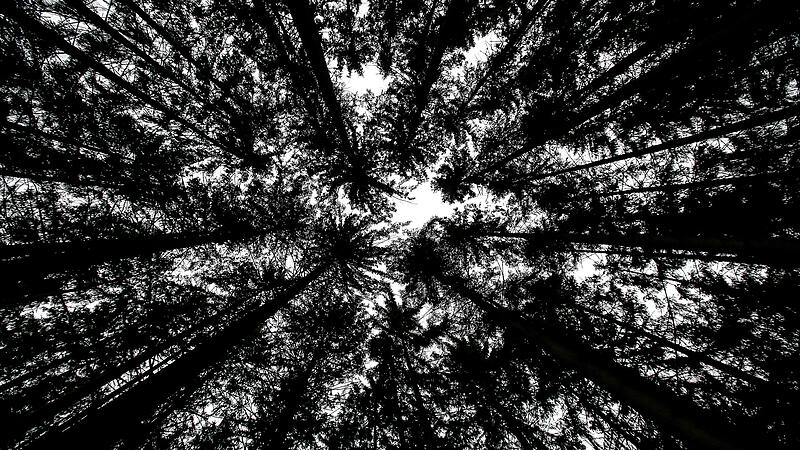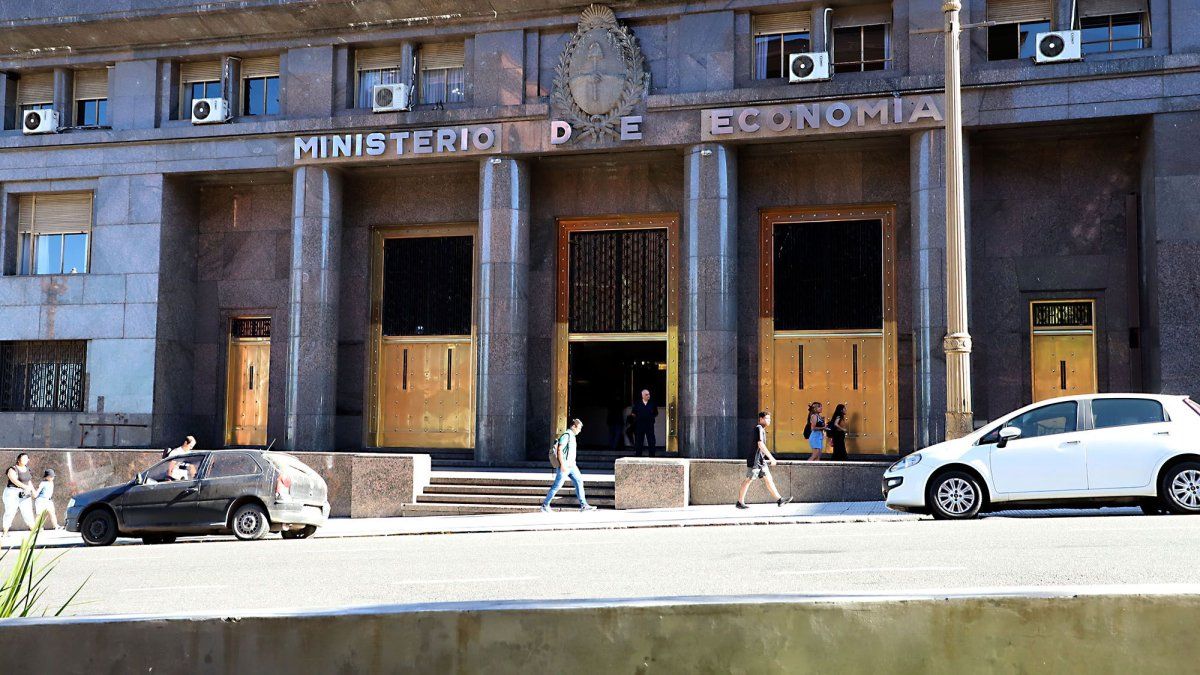A false autumn is currently finding its way into Austria’s forests: Especially in Vienna, in the Innviertel and in the Bregenzerwald, where precipitation this year is up to 70 percent below the long-term average, some trees are already discoloring their leaves and shedding some.
According to Bernhard Perny from the Federal Research Center for Forests, the autumnal impression is “a reaction to the increasing drought and high temperatures”. Due to the lack of water, the trees reduce photosynthesis. Increasing discoloration of the leaves of some tree species has been observed since June.
Book are particularly affected. Because their roots go very deep, they feel the low groundwater levels. In the long term, however, according to Perny, the spruce suffers much more from the excessively high temperatures. Hardwood can recover better in wetter years, while conifers suffer permanent damage.
If the drought lasts longer, the water balance within the trees could collapse and embolisms form in the pathways. As a result, the tree dies in part or even completely. In addition, dry leaves and needles are a weak point that fungi or insects can exploit. The dry bark is also particularly attractive for bark beetles. According to Perny, this late in the year it was too late for the beetles to spread more, and the consequences would only become apparent in the spring.
The drought also leaves traces under the surface of the earth: the fine roots die off and only have to be reproduced when rain falls again. In the meantime, the tree is less able to handle water and the risk of root rot increases.
Foresters cannot do anything about the drought in the short term. According to Perny, species-rich mixed forests are needed in the medium and long term instead of spruce monocultures. Basically, according to Perny, Austria is already on the right track in this regard.
Source: Nachrichten




